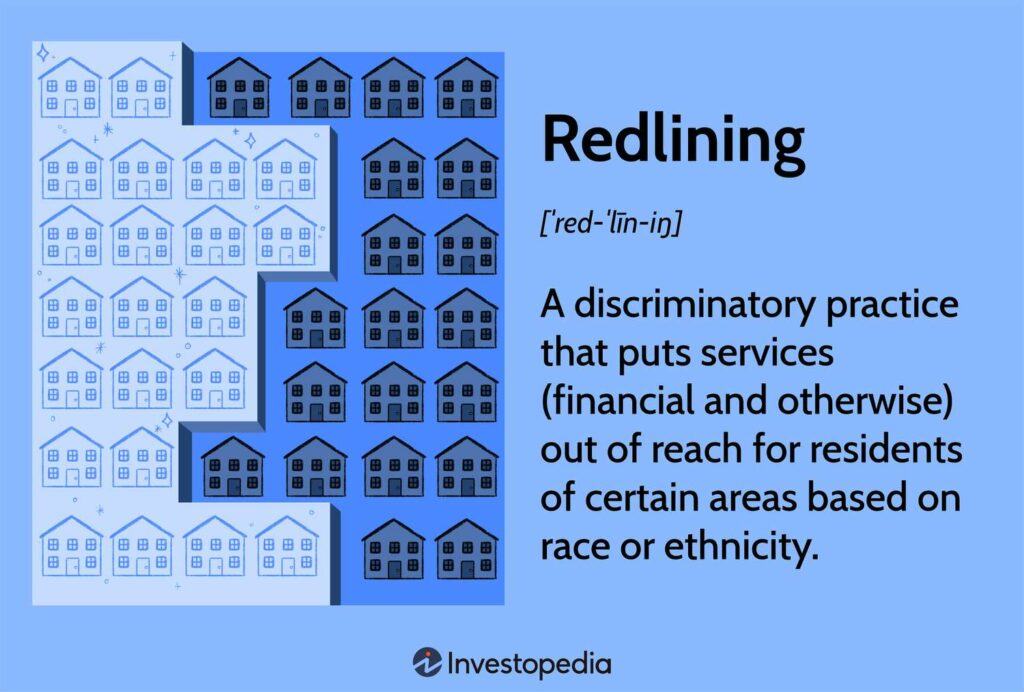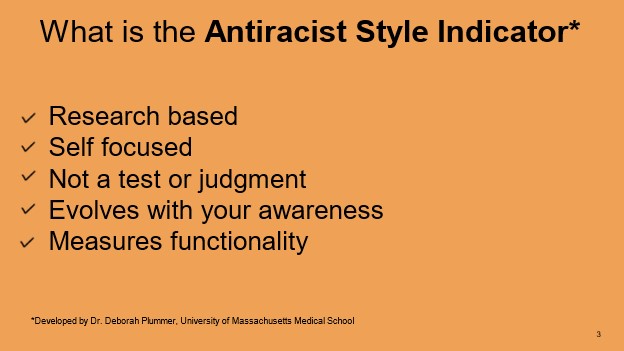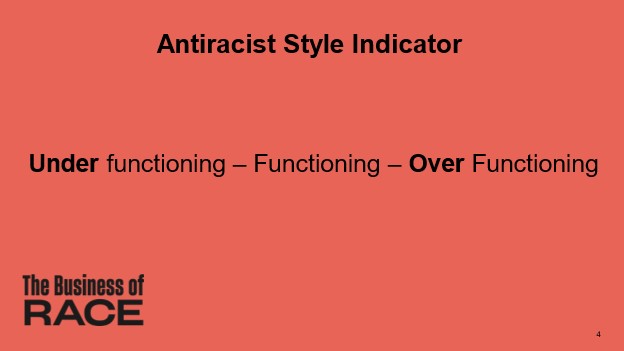How We Learned About Redlining

We took the Antiracist Style Indicator (ASI) when we first began writing The Business of Race in June 2020. We didn’t know what we didn’t know. So we took a first step and then another step. Then another. Shortly into our journey, those steps led us to the ASI. And learning about redlining.

The origins of the term come from government homeownership programs that were created as part of the 1930s-era New Deal. The programs offered government-insured mortgages for homeowners — a form of federal aid designed to stave off a massive wave of foreclosures in the wake of the Depression.
As these programs evolved, the government added parameters for appraising and vetting properties and homeowners who would qualify. They used color-coded maps ranking the loan worthiness of neighborhoods in more than 200 cities and towns across the United States.
Neighborhoods were ranked from least risky to most risky — or from “A” through “D.” The federal government deemed “D” areas as places where property values were most likely to go down and the areas were marked in red — a sign that these neighborhoods were not worthy of inclusion in homeownership and lending programs. Not coincidentally, most of the “D” areas were neighborhoods where Black residents lived.
After We Took the ASI

For us, the simple act of taking the ASI helped us identify some of our many knowledge gaps. Concrete example: neither one of us knew what racially restrictive housing covenants were. Though we had heard the term “redlining” we didn’t really know what it meant – how the dynamics of it operated and the origin of the term as it relates to racially restrictive banking. Not only do we know what redlining is (a question on the ASI), by extension, we learned about racially restrictive housing covenants. We wrote about both in The Business of Race.
Why?
For many people the workplace is the first place, and it may be the only place, where they interact with other people who are different from them – racially, ethnically, religiously.

We, the coauthors, met in the workplace more than two decades ago. It is likely our paths never would have crossed otherwise. And when we learned about redlining and racially restrictive housing covenants, we better understood why: the intentional, strategic neighborhood and housing segregation that is systemic throughout the United Sates and written into law.

We are still learning and growing. Some of that growth surfaces from questions received from professionals engaged in learning sessions we’ve facilitated. Specifically, questions about the ASI.

One such question came from a Lebanese colleague who wrote to us after she took the Anti Racist Style Indicator. “The demographic info should have an ‘Other’ option in my opinion. I am not White but had to check that box.”
We thought, “good question.” So we reached out to Dr. Deborah Plummer, the professor and researcher who developed the ASI. And in not knowing what we didn’t know, asked her if she might include an ‘Other’ option. Dr. Plummer’s research team’s reply:
“We understand your request and appreciate what you are saying but the theoretical frameworks for the ASI do not align ethnicity and race in that way. Lebanese is an ethnicity and not a race in the U.S. [As defined by the U.S. Census Bureau] Especially in the framework of racism, the visibility of color is an important aspect of race. Also, Dr. Plummer uses the tool to align with other research that she and other teams conduct, and so uses the same categories for those metrics.”
More Q&A about the ASI
Q: “Who are we being compared to in the results?”
A: Yourself. The assessment is ipsative. Developed by American psychologist Paul Horst in the early 1950s, ipsative measurement tracks the progress or development of single individuals over time and has routinely served as an alternative to normative measurement, which gauges the differences in feelings and perceptions on certain topics between individuals.
Q: “I live in the U.K. I don’t understand some of the questions. Are my results still relevant?”
A: Yes, your results remain relevant. The ASI is US-centric because Dr. Plummer is a US-based researcher. Though six of the questions are US-specific, your responses will not affect your result, which is not a numerical score but a conceptual framework on a scale of:

Q: “I was definitely thrown off by the dichotomous structure of the quiz as it perpetuates either/or thinking and doesn’t provide room for the nuance that is crucial in this work.”
A: We again reached out to Dr. Plummer who emailed this response: “The survey design employs a forced choice format which should not be equated with dichotomist thinking. [bold and Italics come from us]. It is a standard survey development design to assess behavior that is fluid and ipsative (normed only to you). Think Myers Briggs Type Indicator. In choosing which of the statements apply to you or are mostly true to you or putting N/A, that allows for [itemizing your responses] into the various functions.
“As stated in the results, no one is 100% any of the functions and that is where variances are noted. In other words, no one is 100% Functioning, Underfunctioning or Overfunctioning; thus, it acknowledges the fluidity of behavior.”
We Love These Questions

- Easy online access (everywhere all the time, great for global companies)
- User-friendly format (I know or I don’t know-type questions)
- Self-directed (requires no intermediary to interpret results)
- Raises awareness, which is an important part of readiness for change, how we learn and how we grow.
- Quick (about 15 minutes)
- Free
Don’t know where to start in your organizational race equity journey? Start with raising your own awareness.
The Power of the ASI
The simple act of reading the questions and having to choose one or the other response helped us understand, “ah, now we know what we don’t know.” Let’s learn more. It literally changed and significantly enhanced the richness of the book. And our lives.
Also, were it not for our Lebanese colleague saying, “I don’t identify with White or Black but as Lebanese but I was forced to check a box so I checked, ‘White,” we never would have asked ourselves, “How does one who identifies as Lebanese complete the U.S. Census?”
Organized groups of US citizens who identify as MENA, Middle Eastern and North African, have been lobbying the U.S. Gov. Census Bureau for decades to include this category for a more accurate representation of the cultures with which they identify. Also, had our colleague not made that comment, we would have excluded from our book the significant discussion about how the U.S. Census requires people of Hispanic or Latino origin to identify.
Four years ago, we had no knowledge of any of this. That is the power of the ASI: A conversation starter, an awareness raiser, a curiosity prompt, an eye opener, the beginning of a journey.

